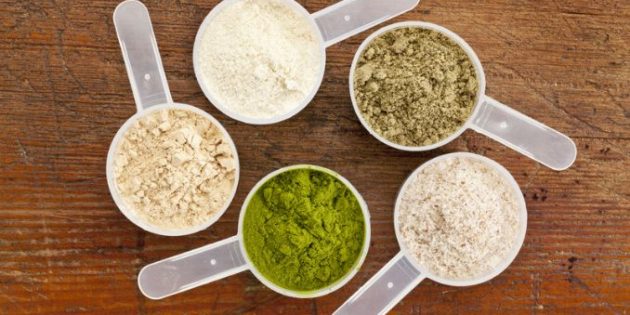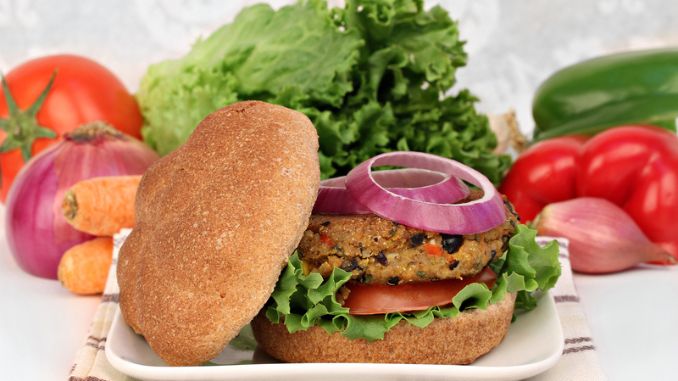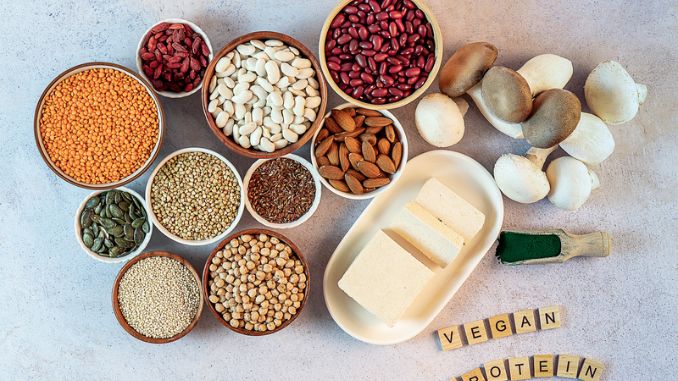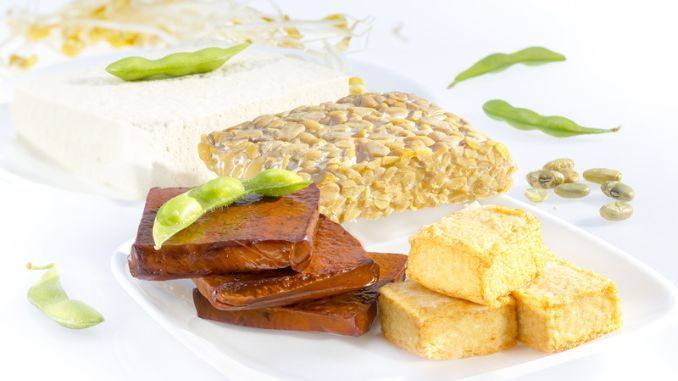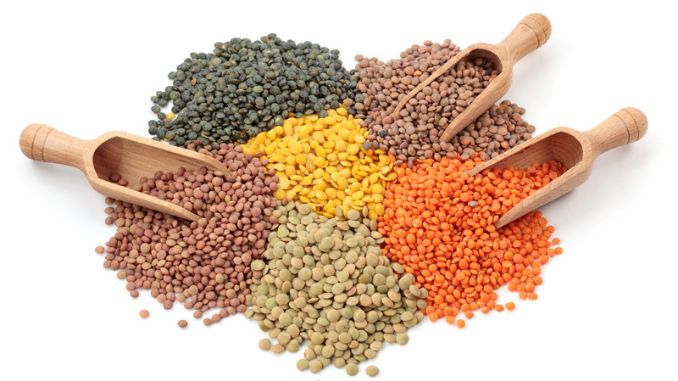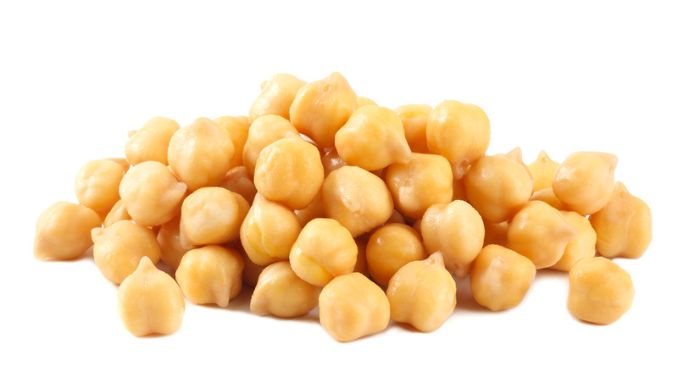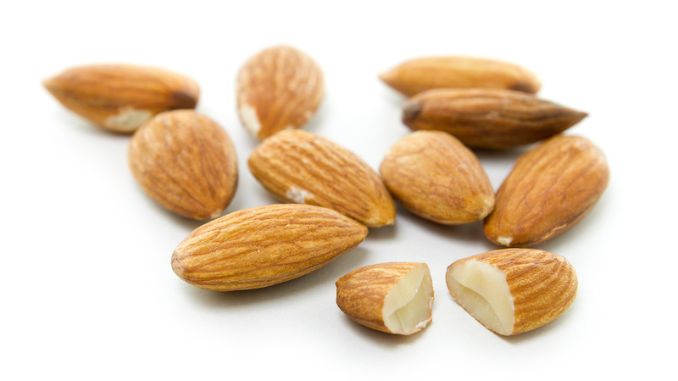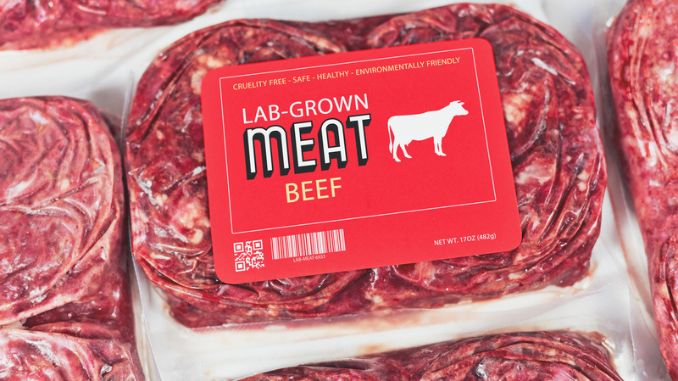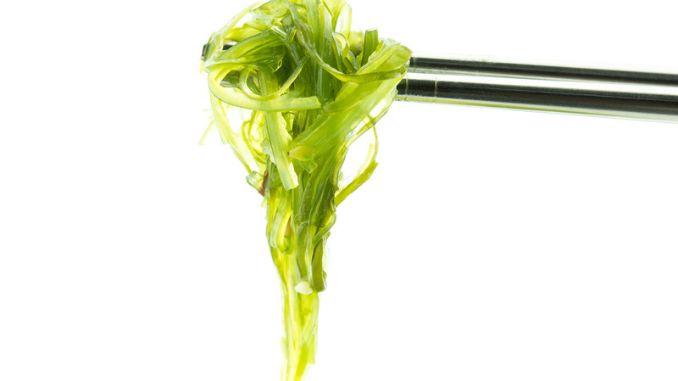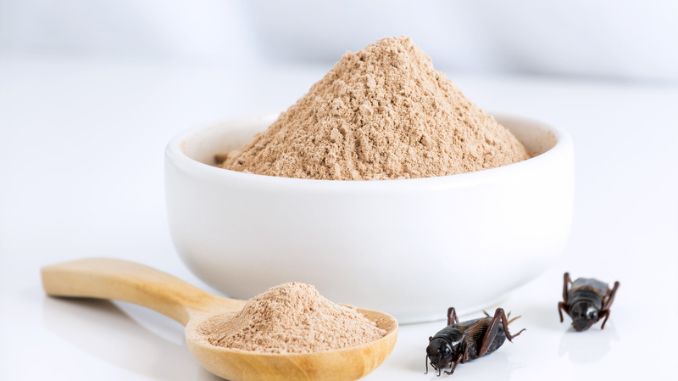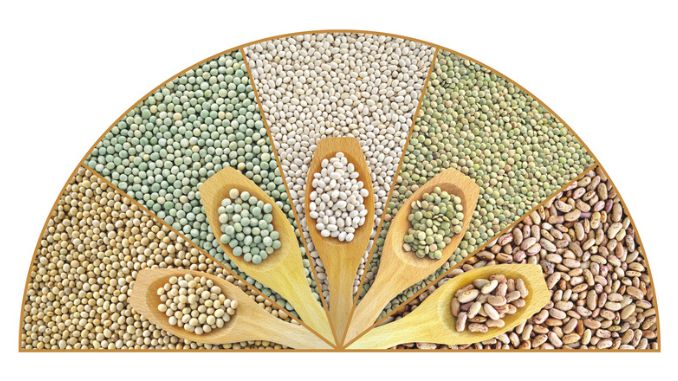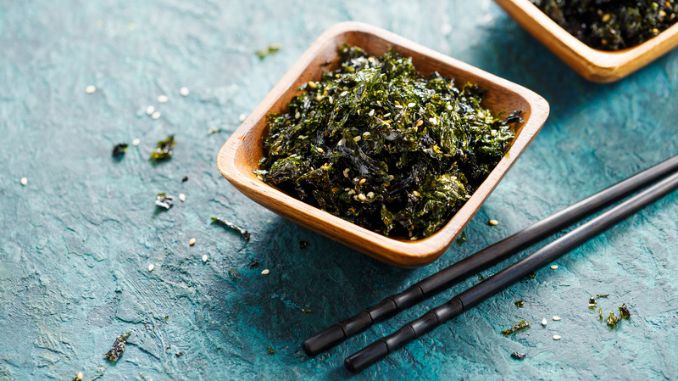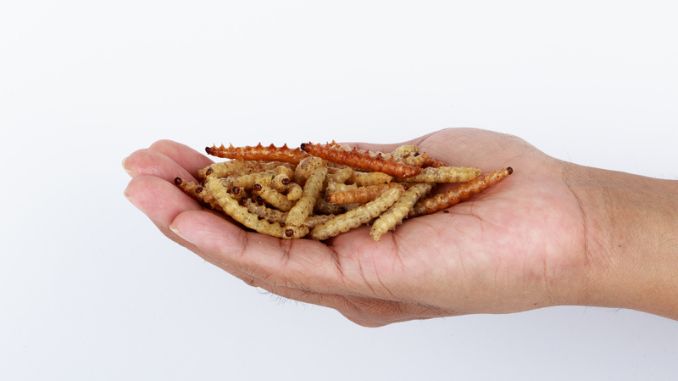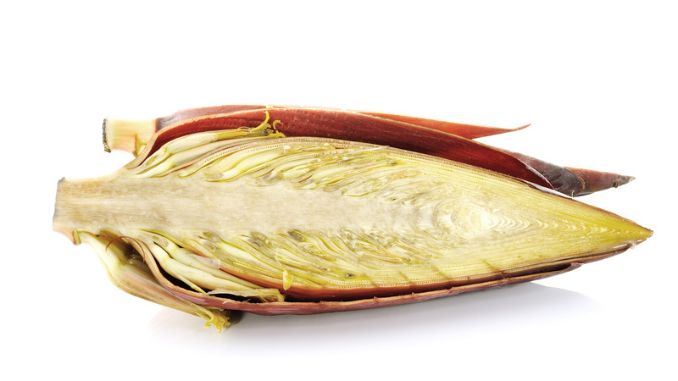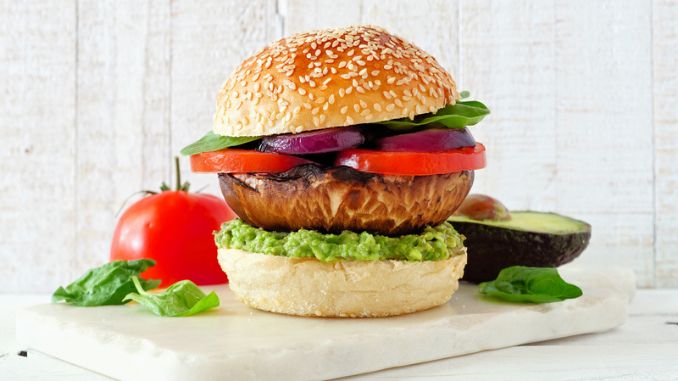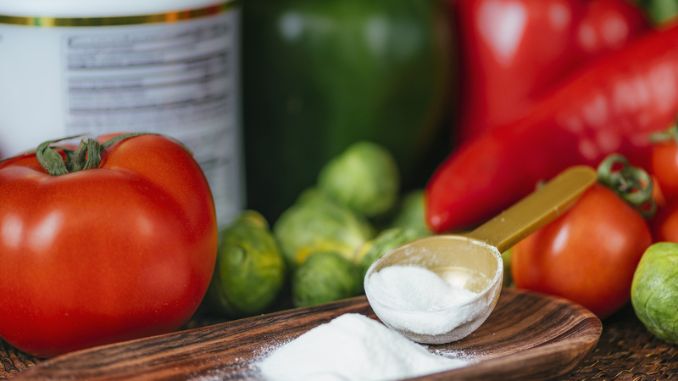We need protein to grow and maintain our health. However, with populations growing across the globe, balancing the need for protein with sustaining our planet’s natural resources is a concern of many. We need to address the global nutrition crisis by looking for ways to guarantee the supply of nutrient-dense foods to people directly affected by malnutrition. Alternative proteins might be the solution.
The interest in alternative proteins is rising as a way to keep up with growing food demands. Many innovations focus on addressing the growing demand for protein globally, but questions are raised about these new alternate proteins. Do they meet the need for higher quality foods? Will they help address global food shortages?
Consumer interest in replacing meats with alternative proteins is growing steadily. Because of this, many companies are introducing new protein-rich ingredients. As well, most fast-food chains now offer alternative protein menu items to their customers.
What is Alternative Protein?
Alternative proteins are foods that replace conventional animal protein sources like meat, fish, and shellfish. These protein alternatives include plant sources such as soy and pea, hemp seed, and ancient grains such as quinoa. They also include emerging products such as insect-based proteins. Recent alternative protein innovations mimic animal-based foods, including eggs, dairy, and different types of meat traditionally. Substituting conventional animal products with alternative proteins is considered to reduce animal exploitation and curb the environmental impact of food production.
The three primary factors that have led to the increase in alternative protein consumption are:
- Concerns about animal welfare
- Increased awareness of the environmental impact
- Changing taste preferences
Why Choose Alternative Proteins?
There are a number of reasons to switch to alternative proteins, including health interests, availability, animal welfare considerations, and religious beliefs. For example:
Health Concerns
Over the last few years, interests in alternative protein sources have grown rapidly amongst health-conscious people. Plant-based protein alternatives are becoming increasingly popular due to meat products’ perceived negative health impact.
Availability
The scarcity of meat resources in countries across the globe has motivated many to look for alternative proteins.
Religious Beliefs
Several religions have strong beliefs surrounding foods.
Protein alternatives are often plant-based. Many consider them healthier than traditional meat offerings. However, this leads to questions about these options’ nutritional value. How do alternative proteins measure up?
1. Plant-Based Alternative Protein
Plant-based proteins are popular due to their cost-effectiveness and perceived health benefits. These protein alternatives come in several variations, including burgers, ‘chicken’ nuggets, and ‘ground meat.’ Nutrition-wise, these plant-based protein sources offer fairly positive health benefits. They are also much easier on the planet.
The following healthful, plant-based foods have a high-protein content per serving:
Tofu
The wealthiest plant-based alternative protein sources are soy products. The protein content varies depending on how you prepare the soy.:
-
- Firm Tofu (soybean curds) contains about 10 grams of protein per ½ cup
- Edamame Beans (immature soybeans) contain 8.5 grams of protein per ½ cup
- Tempeh contains about 15 grams of protein per ½ cup
Tofu is incredibly versatile and takes on the flavor of most dishes. It can be a good meat substitute in a favorite sandwich or soup. More importantly, soy products contain good calcium and iron levels, making them healthful replacements for dairy products.
Lentils
Red or green lentils contain plenty of protein, fiber, and essential nutrients, including iron and potassium. Cooked lentils contain 8.84 grams of protein per ½ cup.
Add lentils to your stews, curries, salads, or rice to add an extra portion of protein to your lunch or dinner.
Chickpeas
Cooked chickpeas contain around 7.25 grams per ½ cup. You can eat them hot or cold, and are highly versatile. There are plenty of recipes available online. Add chickpeas to stews and curries or spice them with paprika and roast them in the oven.
Peanuts
A peanut butter sandwich is an excellent example of a complete protein snack. Peanuts are protein-rich, full of healthful fats, and may improve heart health. They contain around 20.5 grams of protein per ½ cup.
Almonds
Almonds offer 16.5 grams of protein per ½ cup. They also provide a good amount of vitamin E, which is excellent for the skin and eyes.
Plant-based ‘milk’ beverages are also growing globally, with sales increasing by 20% in 2020. Many people now consume almond, oat, and soy milk instead of the traditional cow’s milk.
2. Fungi-Based Alternative Protein
Fungi-focused food startups are starting to sprout across the world. More and more companies are now entering the fungi-based protein market with a shared goal of providing sustainable foods to a world facing population growth and a climate crisis. Many plant-based protein sources are not enough to provide the amino acids needed by the body, so a variety of alternate protein sources must be mixed and matched to absorb enough nutrients.
Fungi-based meat is from cultivated fungal tissues that mimic real meat’s taste and texture. It does not look or taste like mushrooms. Examples of this alternative protein include mushroom-protein meatballs, sausages, chicken nuggets, and bacon.
3. Lab-Grown Meat
There is a lot of talk surrounding what to call this protein alternative, which is sometimes referred to as clean meat, cell-based meat, or cultivated meat. This alternative protein is created by growing a small amount of animal cells into edible meat alternatives. Lab-grown beef does not require plants for production.
Scientists produce lab-grown meat directly from animal cells, so it tastes just like real meat. The growth process begins with a couple of animal cells, like stem cells or muscle cells, that grow on structures called scaffolding. This process avoids animal abuse and diseases in slaughterhouses and decreases the number of greenhouse gasses emitted.
Cost is one of the downfalls of this technology as it is far more expensive than its traditional meat counterparts. These extremely high costs are currently a barrier to mass adoption. This may change when regulatory approvals change and allow for mass-production.
4. Algae-Based Alternative Protein
Algae-based protein is another alternative protein that is gaining in popularity. This is an extract of microalga (single-celled organism) fermented to grow. This is then combined with flavorings to become the final food product. Algae are rich in omega‑3 fatty acids and vitamins.
These microalgae-based foods are produced on a small scale and are still in the infancy stage of research. Algae lack a neutral smell, color, and taste, so this will unlikely be a widely accepted protein alternative.
5. Insect Alternative Protein
A new alternative protein to consider is insect protein. Insects are naturally high in protein and produce less greenhouse gas emissions than raising animals or growing acres of plants. The most popular insect proteins are crickets, grasshoppers, and mealworms.
Some companies now add powdered forms of insect proteins to foods like protein bars, crackers, and even baking mixes to boost the protein content.
Unfortunately, one of the largest obstacles to overcome regarding insect proteins is the societal reluctance to eat insects, especially in America and Europe.
Are Alternative Proteins a Healthy Choice?
A primary concern regarding protein alternatives is their nutritional values in comparison to traditional meat options. For example, consider the following.
Soy and Pea Protein
This is widely used in meat-free burgers, sausages, and mince but can also be bought as a powdered supplement. This protein alternative is better for the environment than livestock farming as it produces less methane.
Note: Soy and pea powders are high in protein and therefore considered good alternatives for plant-based diets. Check the salt levels, and look for products with amber or green nutrition levels. We recommend eating soybeans and peas naturally, as they contain essential nutrients and fiber.
Seaweed
This protein source has a distinctive flavor but is considered an excellent alternative to meat. Unfortunately, it is unknown how much of an impact industrial seaweed operations could have on the marine environment.
Note: This alternative is high in protein and contains iodine, which supports thyroid function. But it is also high in salt, so it’s essential to be wary of portion size. Seaweed is a concentrated source of iodine. Try not to eat it more than once a week. We also do not recommend eating seaweed during pregnancy.
Edible Insects
Insects are a great source of protein and emit fewer greenhouse gasses than cattle or pigs. Examples of edible insects include crickets, mealworms, and grasshoppers. However, as a young industry, there isn’t much information on the long-term impact of large-scale farming.
Note: Insects are a source of protein, fat, and micronutrients (depending on the insect).
Seitan
This protein alternative is made from wheat gluten, which is high in protein. It has a solid, firm texture and is available in several ‘faux meat’ products such as mince, burgers, and kebabs.
Note: The nutritional profile of seitan depends on the other ingredients within each product. In the case of seitan burgers, this is often wheat flour, pea, or soy protein and flavorings. Beware, as this is a ‘highly processed’ food source known to contain MSG and other additives. So, when purchasing seitan products, look for lower-salt options indicated by a green or amber traffic light on the front of the package.
Banana Blossom
The fleshy banana flower is starting to emerge as a vegan alternative to fish. The flavor is similar to artichoke hearts, and the texture is similar to cooked fish. There are questions about the environmental impact of producing a large-scale supply of banana blossoms.
Note: Banana Blossom is low in calories, carbohydrates, and fat. However, we don’t consider it a good fish or meat replacement. As well, Banana Blossom comes tinned in salty brine, so make sure you rinse it before using it.
Mushrooms
These tasty treats are a great addition to pasta, pies, and soups and can easily replace meat burgers.
Note: Mushrooms have twice the amount of protein than most vegetables. Combine with other protein-rich foods such as eggs, tofu, or beans to make a healthy, meat-free meal.
Collagen as an Alternative Protein
Collagen is an incomplete protein but it is very beneficial to human health. This protein contains a different spectrum of amino acids than a traditional protein source. It contains lower essential amino acids that we cannot make — especially tryptophan and leucine. But it is higher in glycine, proline, and hydroxyproline. Collagen provides strength and structure to our body. The benefits of collagen come from a unique spectrum of amino acid peptides.
While collagen will never replace protein-rich foods, it is still a great dietary supplement with many health benefits.
There has never been a better time to try healthy and sustainable protein alternatives. These options help alleviate protein food shortages around the world. They can also help provide the necessary protein needed for those on meat-free diets. Like anything, the key is balance and common sense.
.
